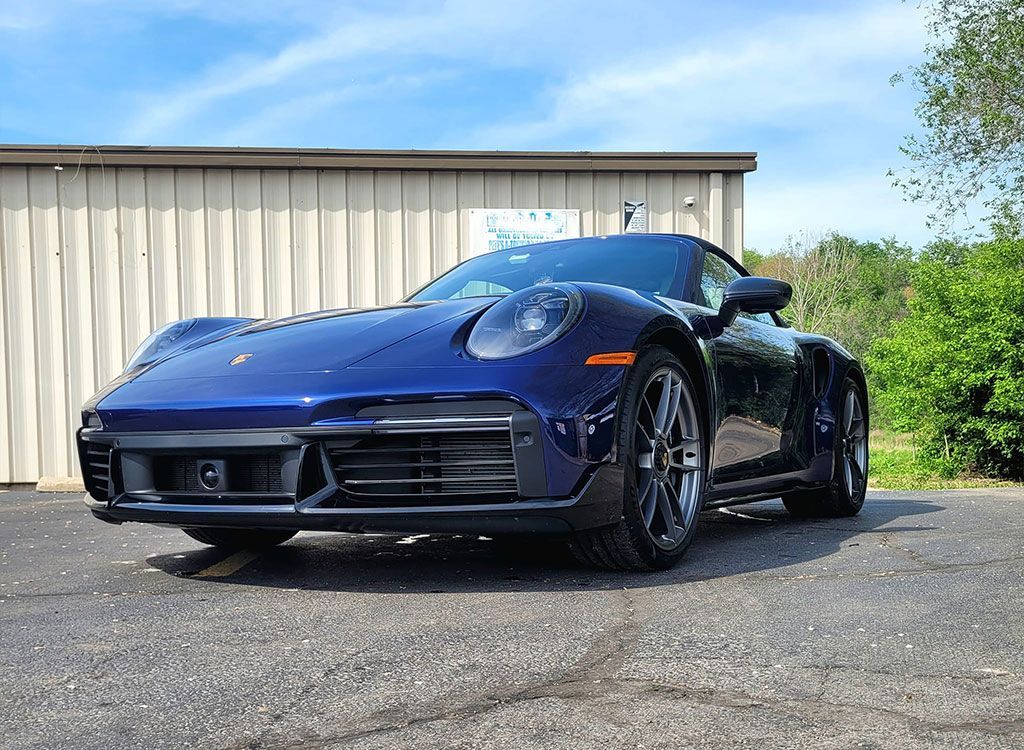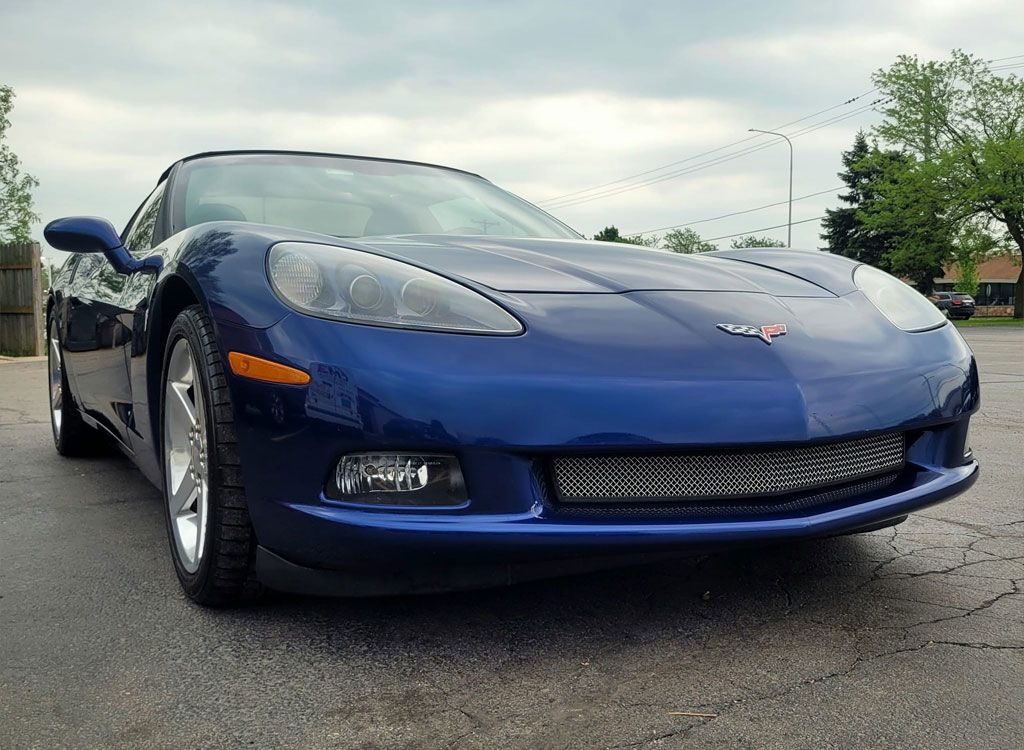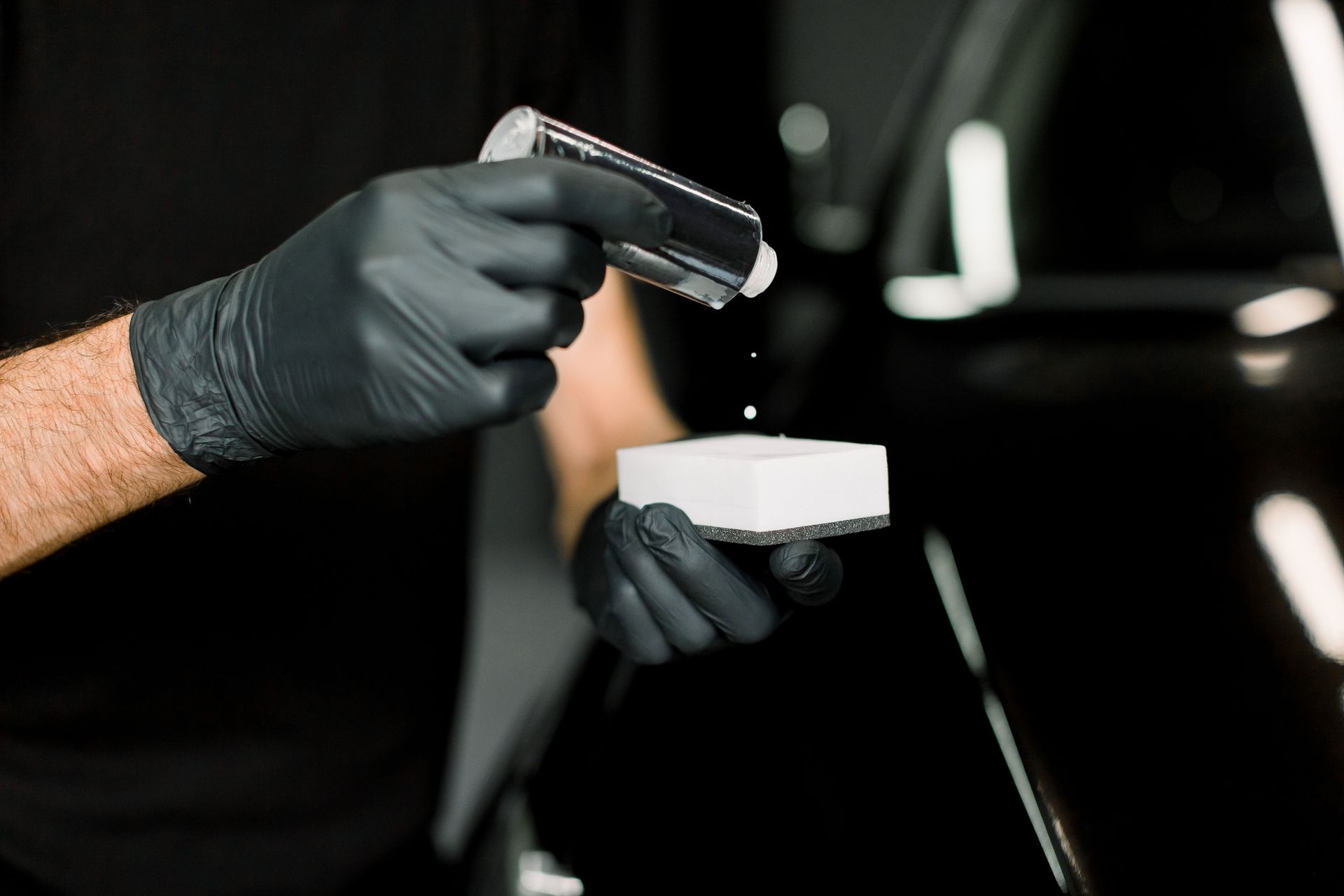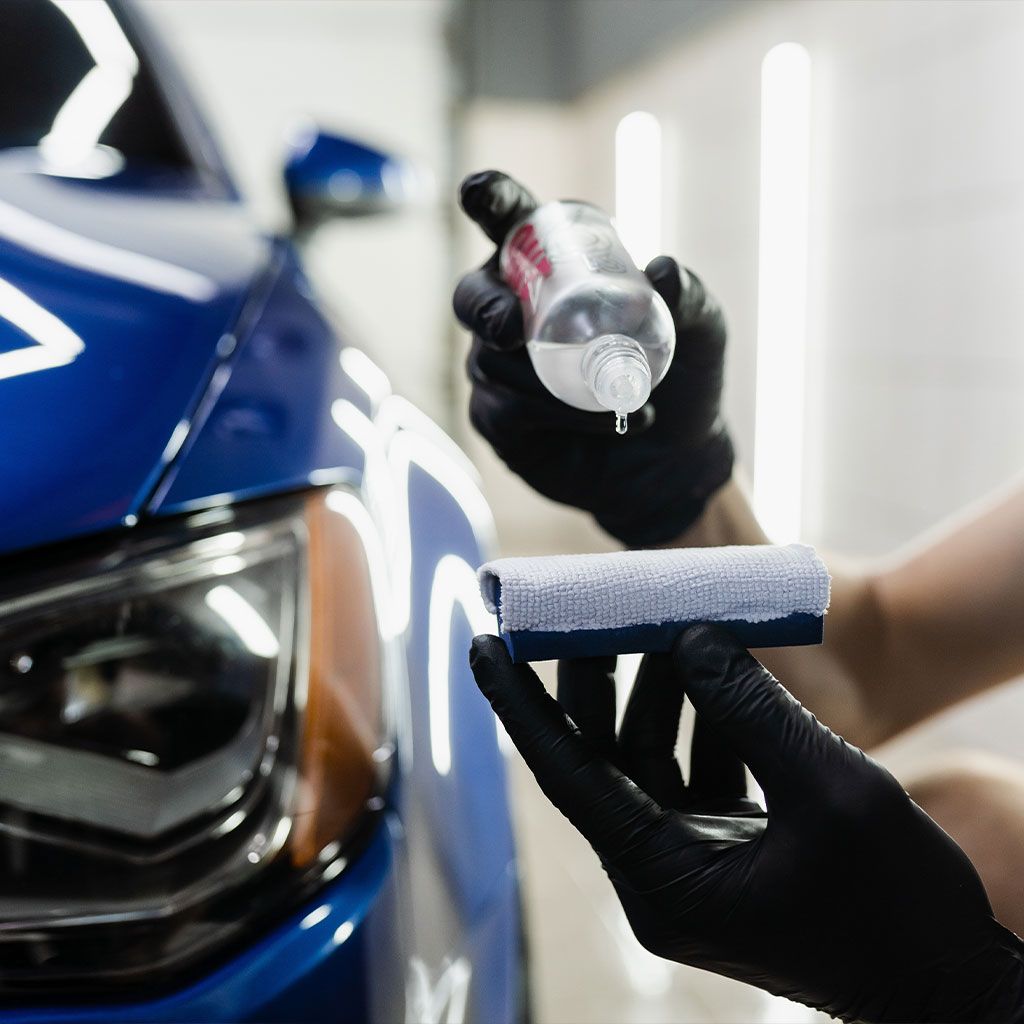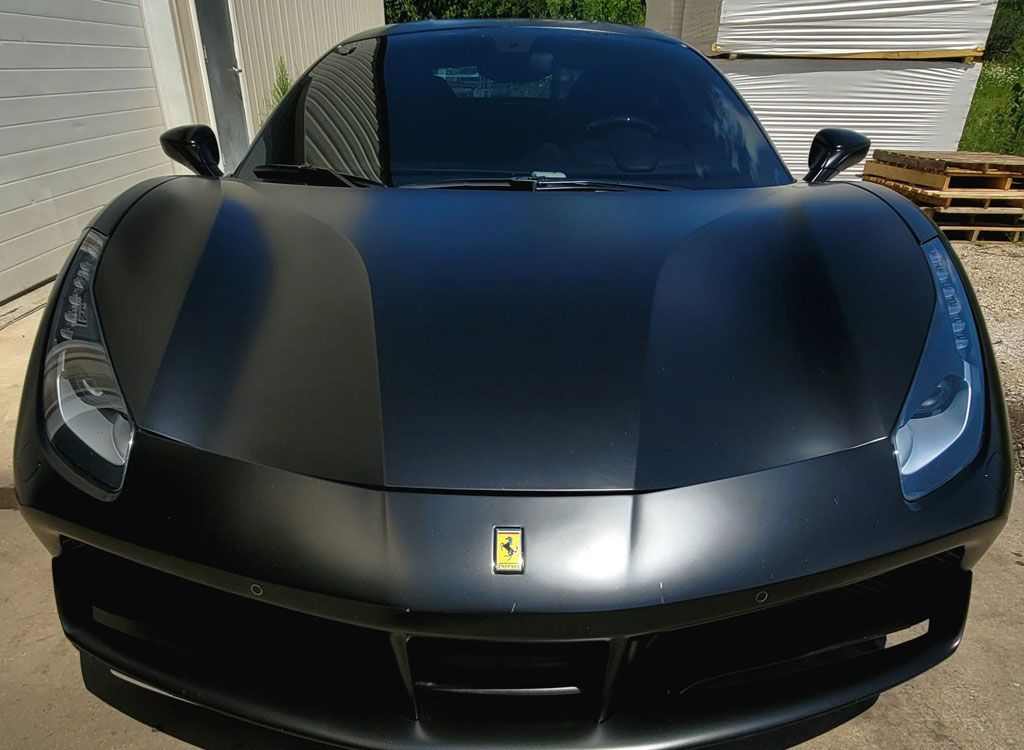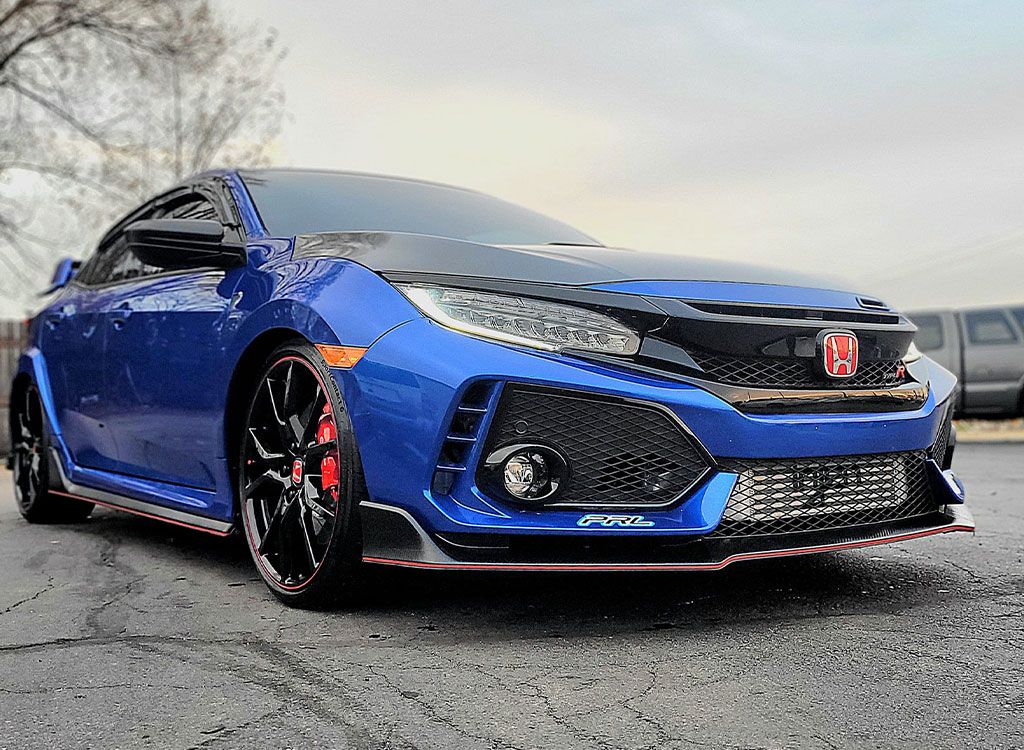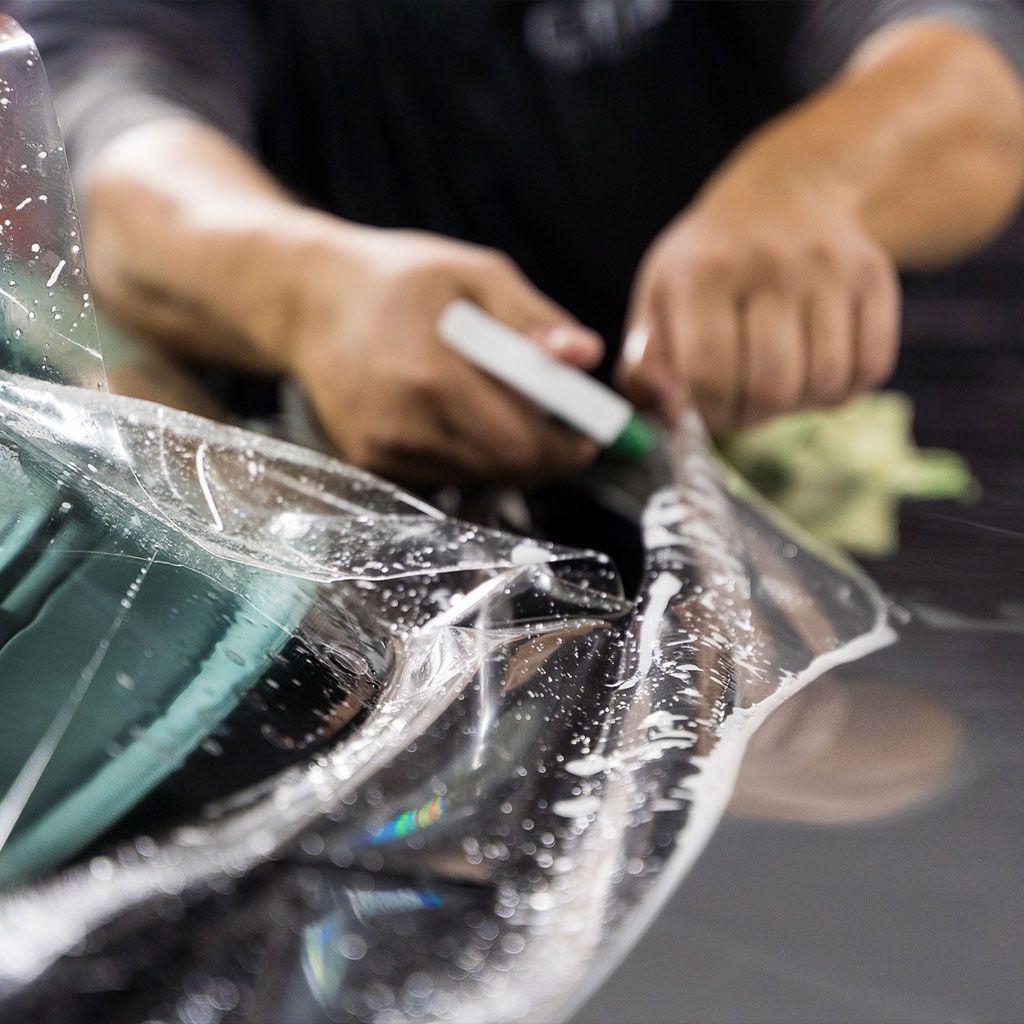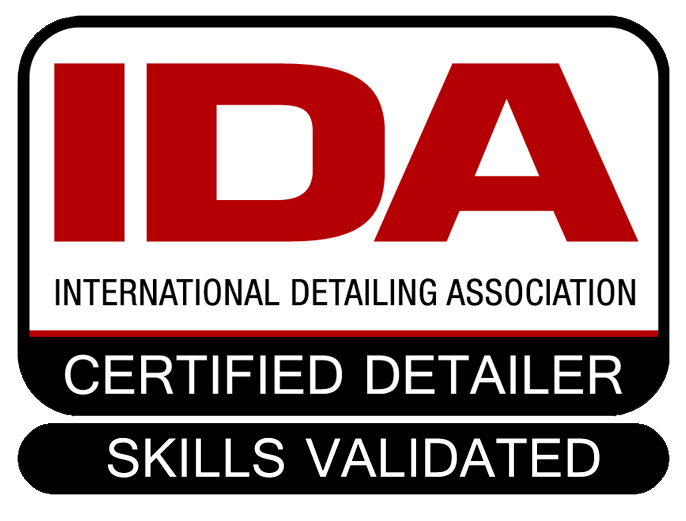Ceramic Coating: Why It's a Must-Have for Luxury Cars
When it comes to luxury cars, the quest for that perfect finish doesn’t just stop at choosing the right model. Many owners are turning to ceramic coating as their secret weapon in maintaining their vehicle’s beauty and value. But why is this protective treatment creating such buzz among car enthusiasts? Picture this: your beautiful ride shining like new while standing strong against dirt, and UV rays. This article dives into everything you need to know about ceramic coatings and why investing in them could be one of the best decisions for your luxury vehicle. From enhancing its appearance to simplifying maintenance, there’s a lot more than meets the eye with this innovative solution!
Ceramic coating is regarded as essential for luxury cars because it provides a durable protective layer against environmental damage and UV rays while enhancing the vehicle's aesthetic appeal. This long-lasting treatment helps maintain the car's value and appearance over time, making it especially important for those who invest in high-end vehicles.
The Luxurious Appeal of Ceramic Coating
Ceramic coating is revered not only for its protective qualities but also for the stunning visual impact it has on luxury cars. Imagine stepping into a garage and being greeted by a car that looks as though it just rolled off the showroom floor. This isn’t merely a fanciful thought; it’s a reality for owners who opt for ceramic coating. The deep, glossy finish elevates the appearance significantly, making colors pop vibrantly and providing an almost liquid-like sheen that is hard to ignore.
In fact, studies have shown that vehicles with ceramic coatings maintain their aesthetic appeal far longer than those treated with traditional waxes or sealants. For instance, while conventional waxing lasts only about 1 to 3 months, ceramic coatings can last anywhere from 2 to 5 years, proving beneficial in both time and cost-efficiency. Many luxury car owners find this reliability invaluable as it allows them to enjoy their vehicles' pristine looks with minimal maintenance.
Moreover, ceramic coatings have hydrophobic properties that cause water to bead up and roll off the surface. This means that when it rains, dirty water won’t cling as easily to the paint, keeping your luxury vehicle cleaner for longer periods of time. It’s like giving your car a self-cleaning mechanism! Imagine driving under rainy conditions and witnessing how dirt and grime are whisked away—a sheer delight for any car enthusiast.
Evidently, owning a luxury vehicle should come with expectations of durability and elegance—ceramic coatings deliver both in spades, ensuring every car enthusiast feels pride in their investment. To round out their luxurious appeal, many high-quality ceramic coatings are designed to enhance the rich colors found in premium paints. Luxury brands like Bentley or Lamborghini sport vibrant paint jobs that are accentuated through ceramic coatings. The result? A lasting brilliance that adds value not only visually but also in terms of resale opportunities down the road.
With these aesthetic advantages established, we now turn our attention to how ceramic coating effectively protects against environmental threats while enhancing overall vehicle care.
Superior Protection Benefits
The primary benefit of ceramic coating is its unparalleled protection against environmental elements, making it a game-changer for car enthusiasts. A recent study by the Automobile Protection Association revealed that vehicles with ceramic coatings were 50% less likely to suffer paint oxidation due to harmful UV rays. This statistic underscores how significant this protection can be, especially in sunny areas where ultraviolet exposure is a concern.
- UV Resistance: First and foremost, UV resistance is one of the most touted features of ceramic coatings. These coatings possess inherent UV-blocking properties, which are crucial for preventing the paint from fading or deteriorating over time. The last thing you want is for your car's brilliant color to dull to a lackluster shade; ceramic coatings help maintain that deep hue and shine by acting as a shield. Consider this: think about a beautifully painted landscape that fades after being constantly exposed to sunlight. In the world of automotive care, ceramic coating serves as an invisible canvas protector that keeps your vehicle looking fresh and vibrant.
- Hydrophobic Effect: Another significant advantage lies in the hydrophobic effect of these coatings. This means they repel water, creating a barrier that allows moisture to bead up and roll off the surface effortlessly, taking dirt and grime with it. Say goodbye to stubborn water spots or pesky residue from rain. Instead, your vehicle will maintain its pristine appearance even after inclement weather.
- Chemical Resistance: Additionally, ceramic coatings exhibit chemical resistance, making them resilient against acidic contaminants such as bird droppings, tree sap, and road salts. These substances can damage unprotected paint if not removed promptly. However, with a ceramic coat in place, these irritating threats are rebuffed, ensuring any mess can be wiped away without causing harm to the underlying finish.
With layers of protection—UV radiation defense, water-repellent properties, and resilience against harsh chemicals—it's clear that ceramic coating is more than just a cosmetic upgrade; it's an investment into maintaining automotive excellence. Beyond sheer protection, you'll also find that maintaining a vehicle becomes significantly easier with this advanced treatment.
Simplified Car Maintenance
One of the standout benefits of ceramic coating is its ability to revolutionize how we care for our vehicles. The hydrophobic properties of these coatings actively repel water and prevent dirt from clinging to the surface. What does that mean for you, the driver? Simply put, it translates to reduced cleaning time. You find yourself reaching for the pressure washer far less frequently because those pesky grime and dirt don’t stick as easily. Imagine washing your car every two to four weeks instead of every week—that's a significant chunk of time back in your life.
Beyond just fewer washes, there's a self-cleaning effect at play. Similar to the way water beads and rolls off lotus leaves without leaving residue behind, a ceramic-coated vehicle exhibits this same remarkable behavior. The water droplets pick up contaminants and debris as they slide off, making it easier to maintain a clean appearance with minimal effort on your part. In fact, car owners who have switched to ceramic coatings report spending around 30% less time washing their vehicles compared to those without it. This statistic isn't just a fleeting claim; it’s backed by surveys from industry experts, reflecting real experiences from drivers like you.
Many people find that after investing in ceramic coatings, their cars not only look better but also seem to require fewer detailing services over time. With dirt having a harder time adhering, there’s less need for harsh cleaning agents that can wear down paint or damage finishes. You save money indirectly; fewer washes mean less wear and tear on your luxury vehicle while minimizing your need for professional detailing sessions, which can get pricey quickly.
Because of the initial investment in ceramic coatings, some may wonder if it’s worth it despite the long-term benefits. However, think about this: many customers share that their return on investment comes not just within years but even months due to fewer maintenance practices needed later on. As we explore further, considering the interplay of cost savings and simplified care routines can provide clarity on the true value of these protective treatments for luxury vehicles.
Cost-Effectiveness Explained
When you consider the longevity and protection that ceramic coatings provide, the numbers really start to make sense. Think of it this way: you're making a decision not just for the short term but for years down the road. The initial cost might range from $1,000 to $2,000 for professional applications, but compare that to what you'll spend annually on traditional waxing and paint correction down the line.
Initial Costs vs. Long-Term Savings
As per the table, without ceramic coating, your annual expenses quickly add up. Regular waxing alone could set you back approximately $200 a year, which totals $1,000 over five years. Additionally, if the paint needs correction—due to scratches or fading from UV exposure—that could easily add another $2,500 over the same period. In contrast, with a ceramic coating in place, these costs drop significantly. The need for regular waxing diminishes entirely while paint correction expenses decrease dramatically as the coating neutralizes everyday wear and tear.
Ultimately, when looking at costs versus benefits, one could feasibly save around $1,500 over five years simply by opting for a ceramic coating. That’s money that could go towards further enhancing your vehicle or even treating yourself! To grasp how these savings materialize in practice, it's essential to explore the detailed steps involved in applying this protective treatment.
Application Process Insight
Applying ceramic coating is more than just a procedure; it's an art form in itself that demands precision and care. Each phase of the application plays a critical role in ensuring that your luxury vehicle not only looks stunning but also enjoys superior protection over time. This means investing a few hours into the maintenance of your prized possession could yield significant benefits down the road.
Step-by-Step Application Guide
Let’s appreciate what goes into achieving that immaculate finish.
- Surface Preparation: The journey begins with surface preparation, which is arguably one of the most crucial aspects of the entire process. Without proper cleaning, dirt or grime can become trapped beneath the coating, potentially leading to unsightly blemishes or premature wear. The vehicle must be meticulously washed using a high-quality soap and dried thoroughly. A clay bar treatment follows this wash to remove any embedded contaminants like tree sap or road tar that regular washing can't get rid of. This meticulous attention to detail creates a clean slate for the subsequent steps. Once the vehicle's surface is spotless, we move on to perfecting its appearance.
- Paint Correction: Now, it’s time for paint correction. This step involves polishing away any scratches, swirls, or imperfections present in the paintwork. It’s important to understand that any flaws left unaddressed will be sealed under the ceramic coating for years to come. Therefore, using polishing compounds and pads suited for your vehicle's specific paint type ensures this correction process is effective. Working methodically across the surface will yield results that make your vehicle look as pristine as possible before sealing it away. With a flawless surface prepared, we now shift our focus to the actual application of the ceramic coating.
- Coating Application: The application itself requires finesse and should never be rushed. Using a specialized applicator, technicians often work in small sections, allowing enough time for each area to ‘flash’—or partially dry—before gently buffing it with a microfiber towel. This enhances clarity while ensuring even coverage without streaks or buildup. A little bit goes a long way here; just think of it as icing a cake—it needs even application for that smooth finish. Having successfully applied the ceramic coating, patience becomes paramount.
- Curing: The final phase involves curing, an essential period where the ceramic coating hardens and bonds effectively with the vehicle’s paint surface. It's recommended to keep the car in a controlled environment—free from moisture and ultraviolet exposure—for at least 24 to 48 hours post-application. Think of this stage as letting freshly baked cookies cool on a rack before you can really enjoy them!
This meticulous attention to detail results in outstanding longevity for your vehicle’s exterior, making each stage of preparation invaluable as we explore performance factors next.
Long-Term Durability and Performance
One of the standout features of ceramic coatings is their exceptional durability. When applied correctly, a high-quality ceramic coating can offer protection that lasts anywhere from 2 to 5 years, depending on the specific product and how well you maintain it. This longevity is unlike traditional waxes, which often require re-application every few months. Ceramic coatings are not only a superior choice for luxury vehicles but also a practical investment in time and money.
- Enduring Protection and Gloss: The enduring protection afforded by these coatings is impressive. They act as a barrier against environmental pollutants like dirt, grime, and bird droppings, which can damage your paint over time. Additionally, ceramic coatings are resistant to harmful UV rays that can cause fading and oxidation. All these factors contribute to maintaining the car's aesthetic appeal, ensuring that it continues to look new long after its initial application.
- Consistent Performance: Unlike conventional waxes, which tend to degrade quickly under various weather conditions, ceramic coatings ensure consistent performance. A particularly interesting statistic comes from research conducted by Ceramic Pro—it has been found that vehicles treated with ceramic coatings retain up to 90% of their initial gloss level even after three years! Imagine having that kind of radiant shine without the stress of frequent touch-ups or maintenance; that's what ceramic coatings provide. The implications here are significant: vehicle owners enjoy an ongoing dazzling finish without the hassle or expense of regular applications. This not only saves you time but also reduces costs associated with routine detailing.
As you weigh the benefits that stem from this kind of enduring service in terms of both upkeep and appearance, it becomes clear just how essential ceramic coating is for anyone serious about maintaining their luxury car's elegance and integrity. In summary, investing in ceramic coating for your luxury vehicle means securing lasting protection, consistent performance, and an eye-catching shine that stands the test of time.
The Best Ceramic Coating Solution for Your Vehicle
Ready to give your car the ultimate protection it deserves? At CM3 Detailing Studio in Elgin, IL, our top-tier ceramic coating services provide unmatched durability and a glossy finish that lasts. With expert application and premium products, we ensure your vehicle stays pristine against the elements, road debris, and everyday wear. Let us help you protect your investment and keep your car looking new for longer. Reach out today to schedule your ceramic coating service!

